A quantitative SWOT analysis for Spanish education
This paper aims to contribute to the strategic analysis of the Spanish system with the ultimate goal of helping to guide the improvement of its educational policy. In the field of education, SWOT analyses have so far focused on university institutions and, to a lesser extent, on schools. However, available SWOT analyses of national education systems are scarce and deficient. Two procedures have been used: a qualitative SWOT analysis (Strengths, Weaknesses, Opportunities and Threats) and the subsequent application of the quantitative technique of the Analytic Hierarchy Process (AHP). The preparation of the SWOT matrix has been carried out at two hierarchical levels: that of the sub-factors and that of the indicators. For internal factors (WS), resources, processes/policies (governance) and results have been taken as the basis. For external factors (TO), the PESTEL model has been adopted, limited to the political, socio-economic and technological categories. The specification of the sub-factors in indicators has been supported by the results of a significant number of national and international research and statistics. The subsequent application of the AHP technique has identified relative priorities based from comparisons within the multilevel hierarchical structures. The initial 38 SWOT indicators have been reduced to 17, of which, with a global priority of more than 0.050 and a low consistency ratio, the following stand out: intergenerational transmission of the educational level of parents, new technological tools for improving performance, Next Generation funds, lack of a basic political agreement, and low level of excellence. Based on the results, the discussion focused on analysing the strategies of the maxO-minW and minTmaxO types and on formulating evidence-based recommendations aimed at implementing the resulting strategies.
- Idioma
- Castellano
- Editorial
- Instituto Nacional de Evaluación Educativa
- EAN
- 9789200255137
- Edición
- 1
- Fecha publicación
- 22-12-2023
Libros relacionados
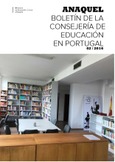
Anaquel nº 26. Boletín de la Consejería de Educación en Portugal

La era de los descubrimientos. Guía didáctica del profesorado
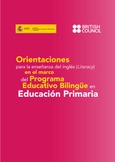
Orientaciones para la enseñanza del inglés (Literacy) en el marco del programa educativo bilingüe en educación primaria

Boletín Informativo nº 34 Junio 2022. Eurydice España - Redie
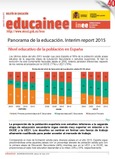
Boletín de educación educainee nº 40. Panorama de la educación. Interim report 2015

Contenidos transversales y complementarios a los Programas de Alimentación, Nutrición y Gastronomía de Educación Infantil y Primaria. El gusto es mío
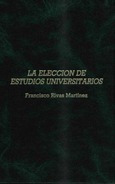
La elección de estudios universitarios
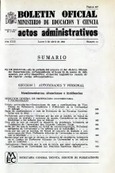
Boletín Oficial del Ministerio de Educación y Ciencia año 1982-2. Actos Administrativos. Números del 14 al 26 más 1 número extraordinario e índices 1º y 2º trimestres
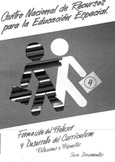
Formación del profesor y desarrollo del currículum. Reflexiones y propuestas
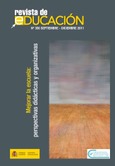
Revista de educación nº 356. Mejorar la escuela: perspectivas didácticas y organizativas



